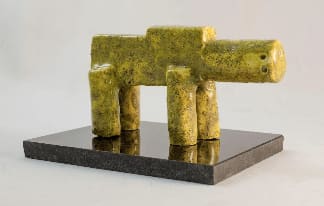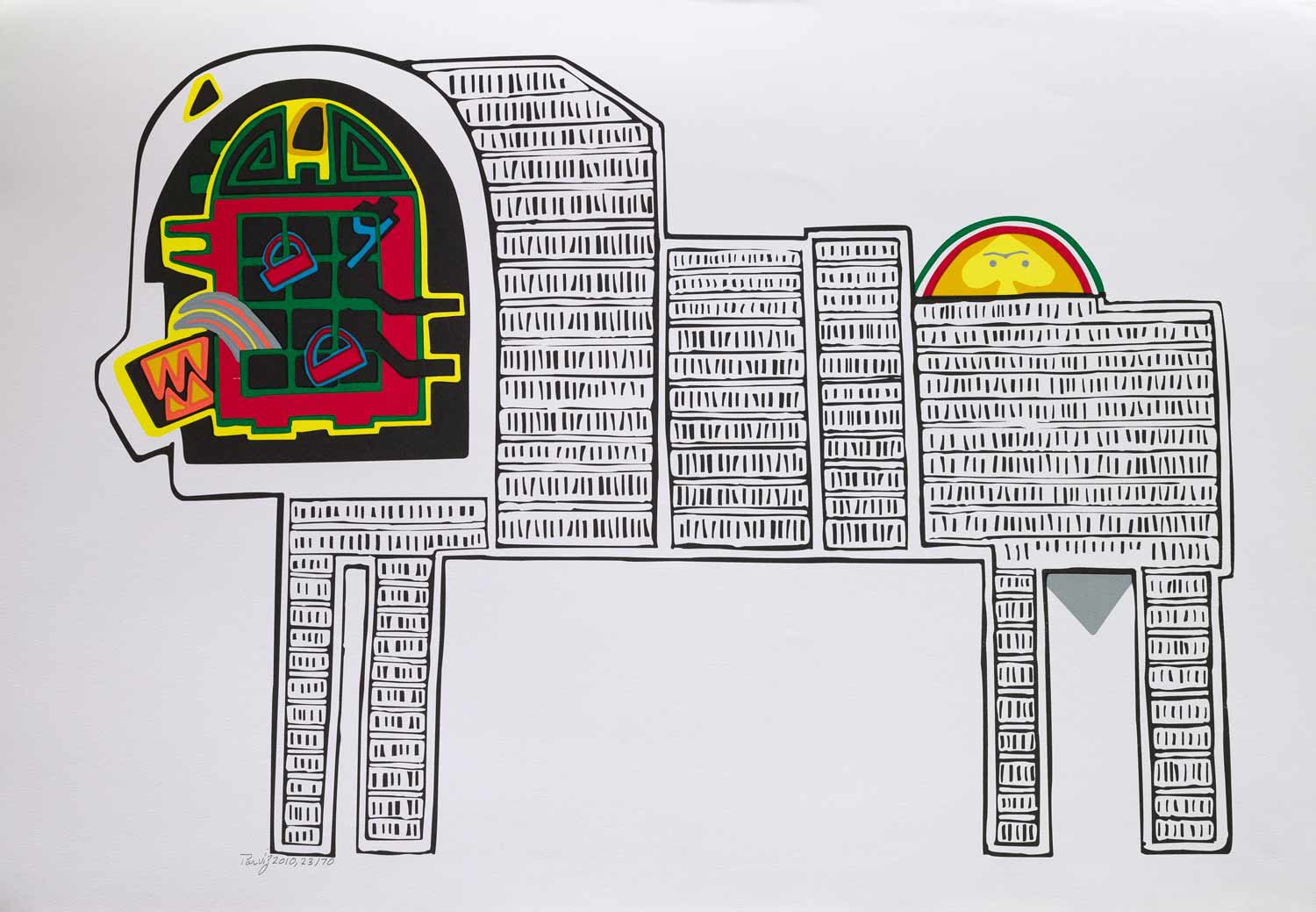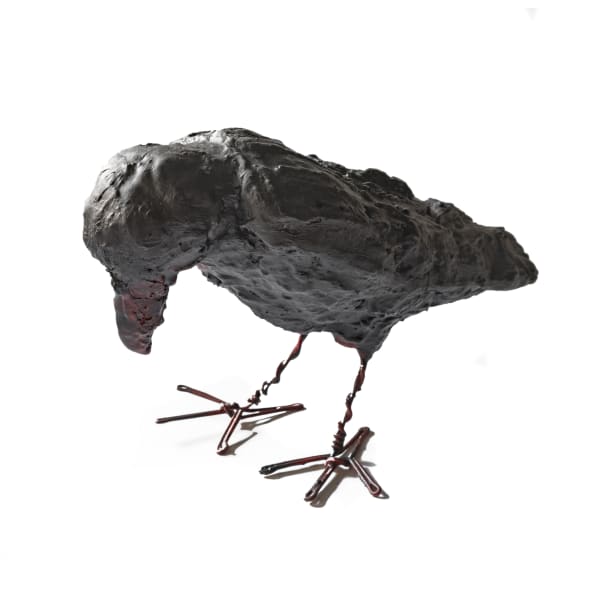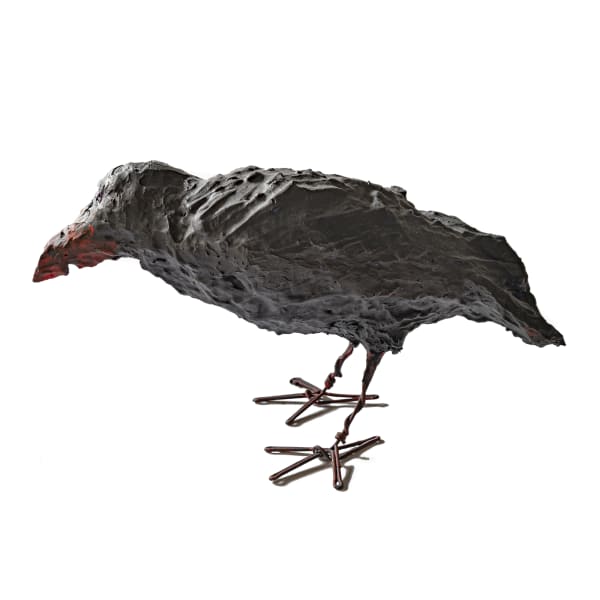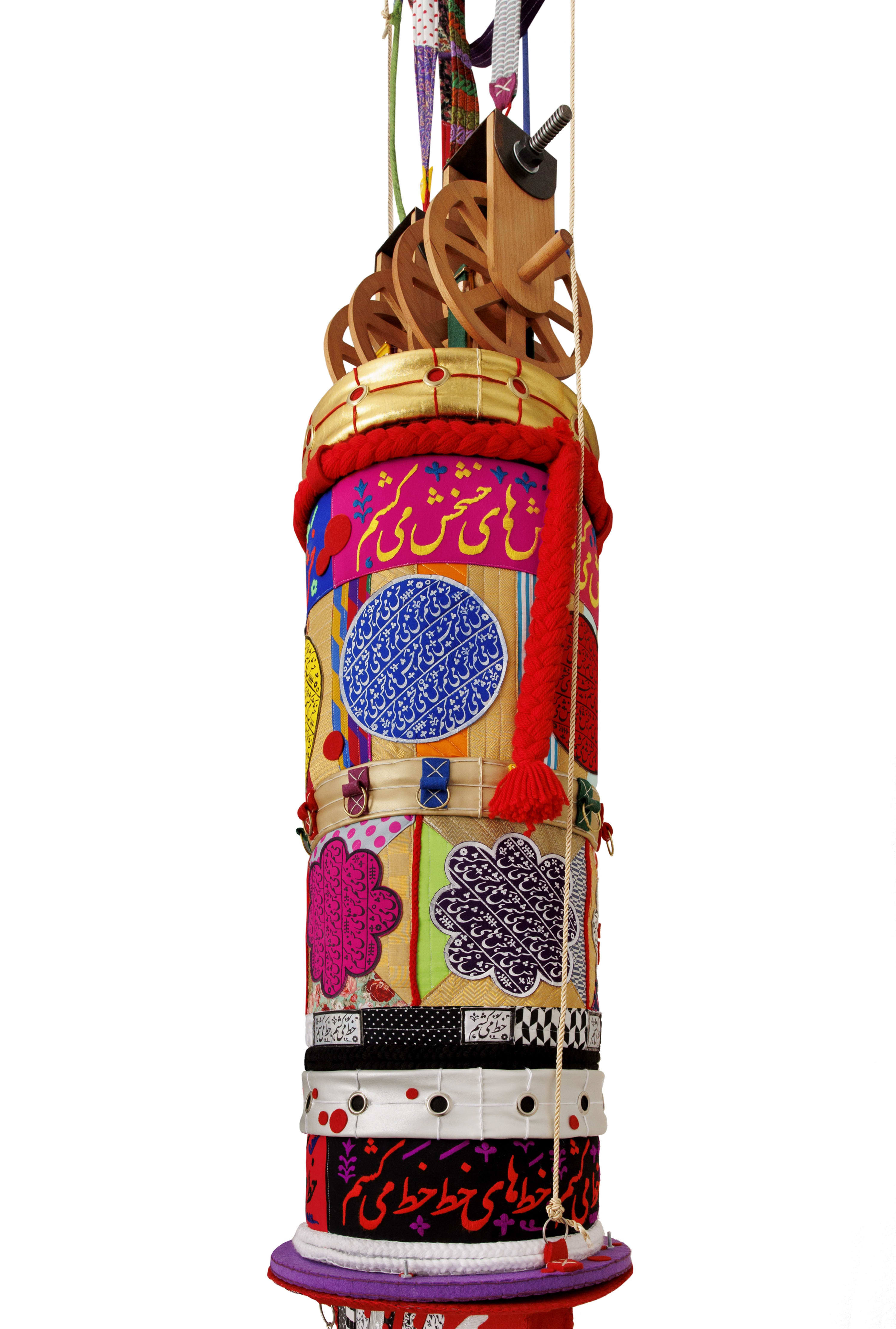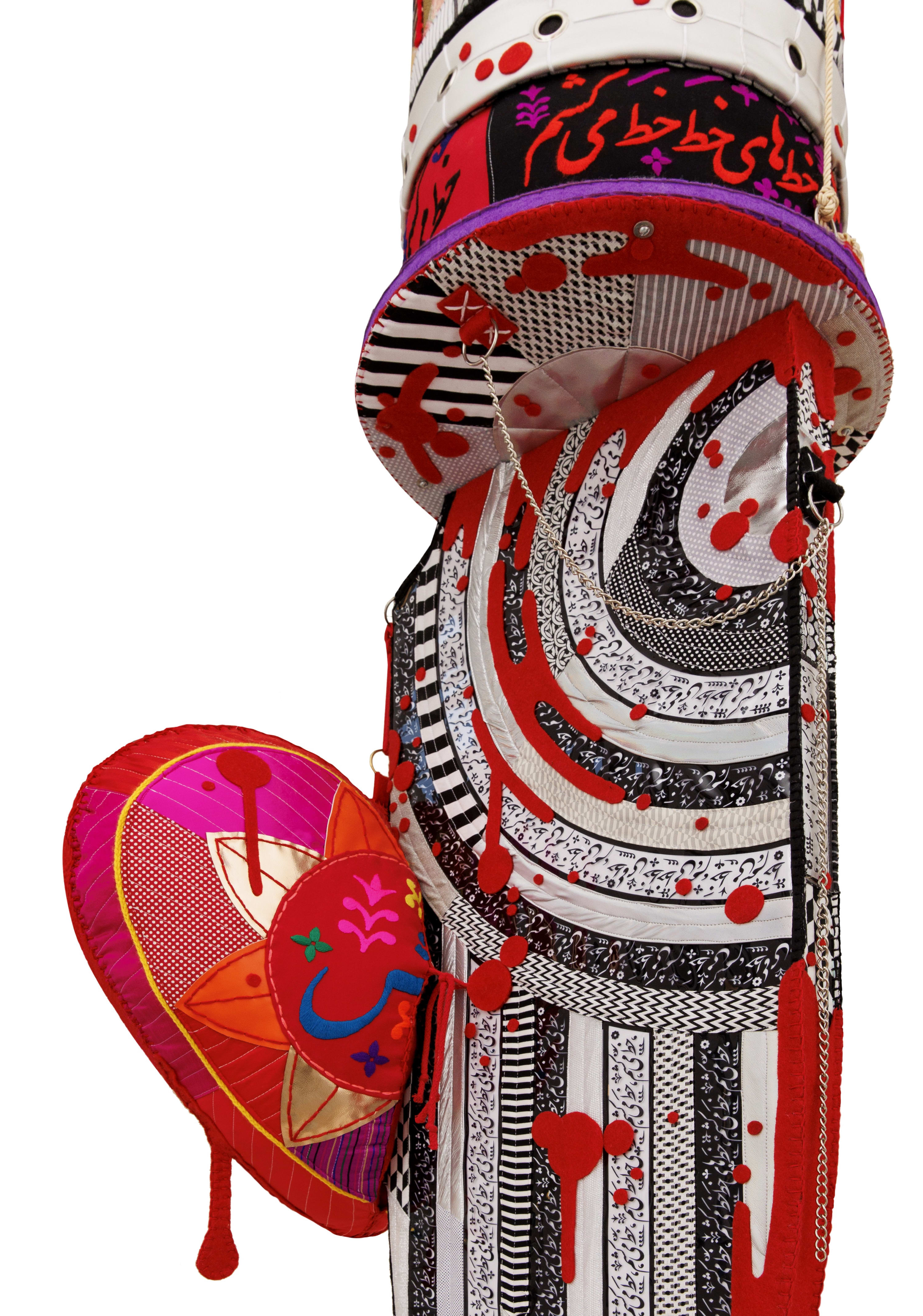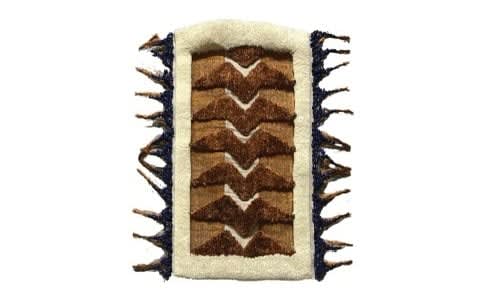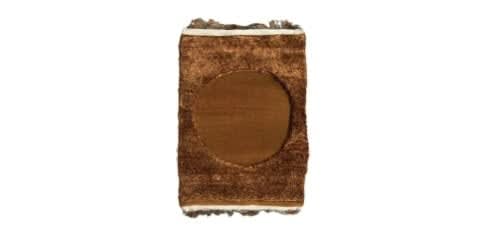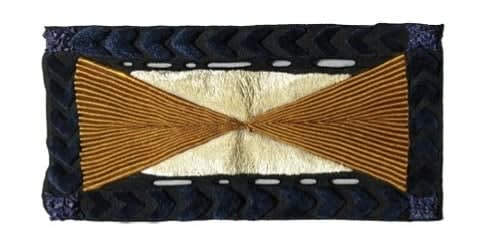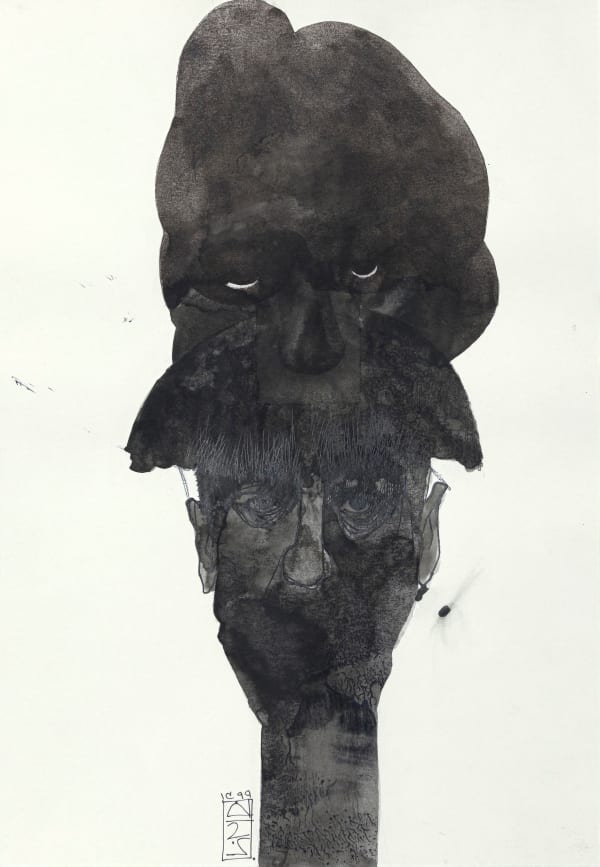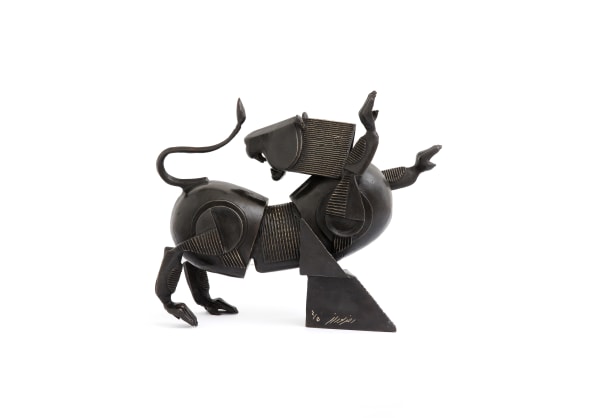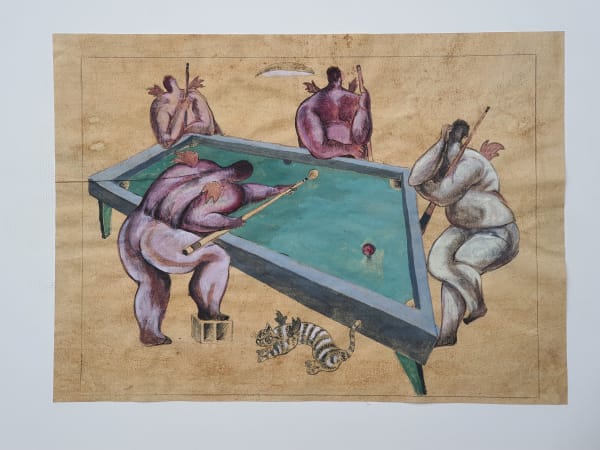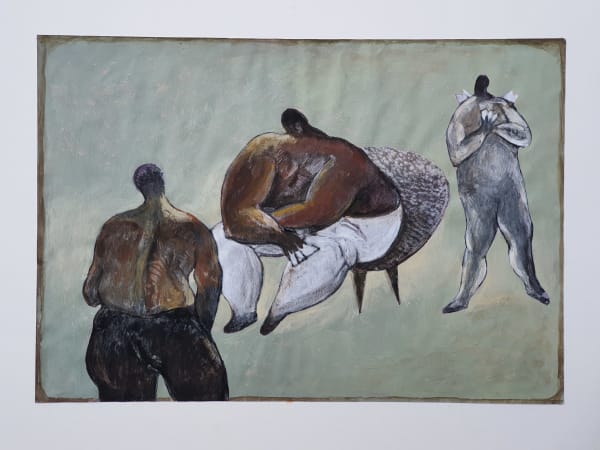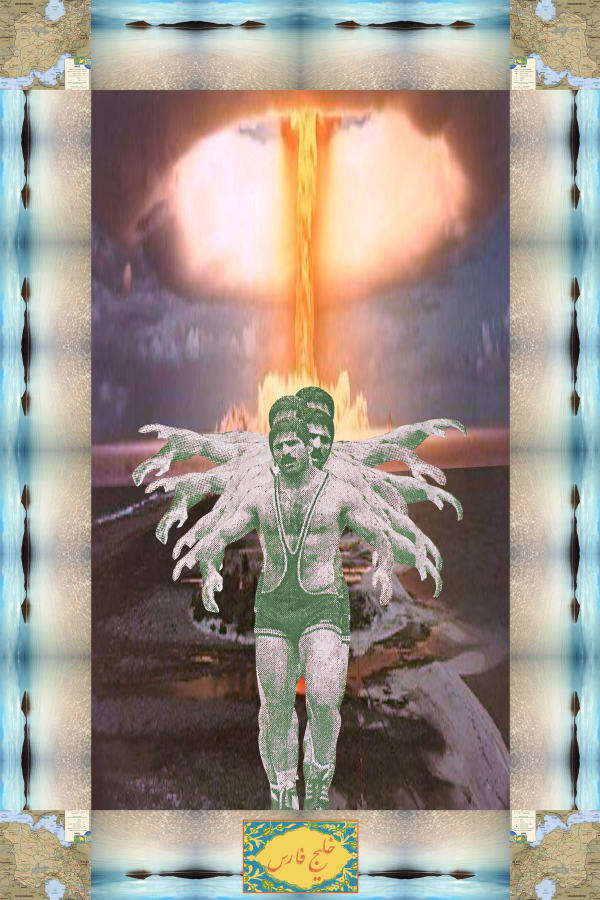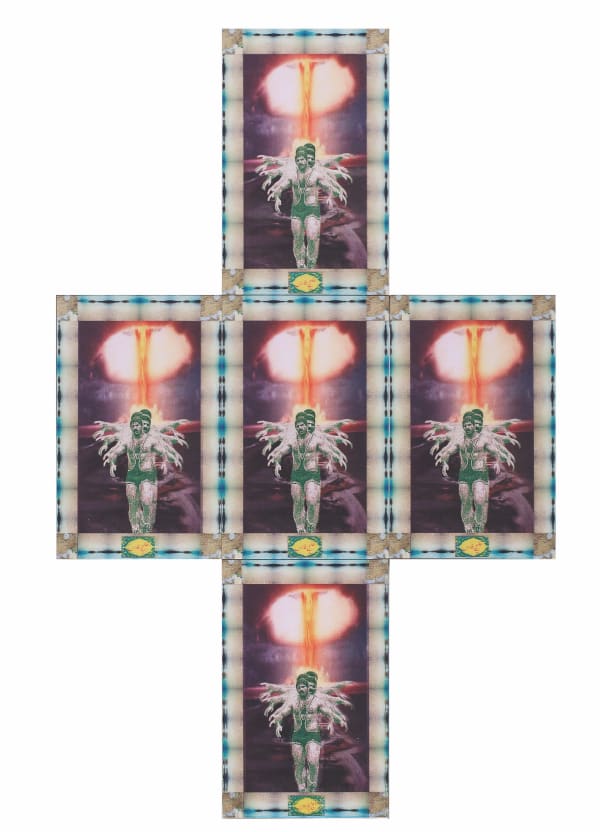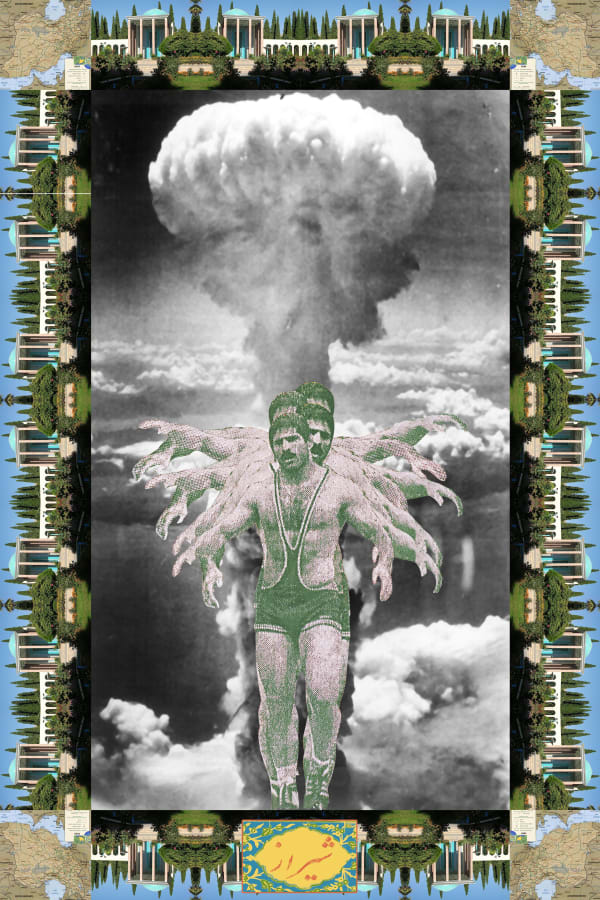-
Editions 2024
-
At booth E13, Dastan Gallery features a group presentation of works by Parviz Tanavoli (b. 1937), Ali Akbar Sadeghi (b. 1937), Fereydoun Ave (b. 1945), Mohammad Hossein Maher (b. 1957), Reza Lavassani (b. 1962), Bita Fayyazi (b. 1962), Reza Abedini (b. 1967), Sahand Hesamiyan (b. 1977), Homa Delvaray (b. 1980), Taher Asad-Bakhtiari (b. 1982), Kiarash Alimi (b. 1985), Ali Beheshti (b. 1985), and Shadi Yasrebi (b. 1989).
Editions Dubai will be open to public viewing at Dubai Design District (d3) Waterfront from the 7th to the 9th of November, 2024.
Originally, Dastan envisioned bringing a more extensive presentation; however, due to current circumstances in the region, we adapted our selection to feature a more focused collection of works.
Dastan’s presentation at Editions Dubai draws from the conceptual framework of Soft Edge of the Blade, which debuted at Frieze No.9 Cork Street (London, UK) in February 2023 and continued at Zaal Art Gallery (Toronto, Canada) in October 2023, an ongoing series of shows exploring boundaries of cultural, historical, and mythological depth across a variety of media.
Soft Edge of the Blade centers on the delicate tension between resilience and vulnerability in cultural narratives, examining how artists navigate and express complex histories, mythologies, and social themes. Through diverse media, the exhibition highlights the interplay between strength and fragility, where each piece reflects a negotiation of identity and memory.
Artists presented at the booth each bring a unique perspective, blending traditional motifs with contemporary sensibilities.
-

-
-
-

-
Homa Delvaray
Knife from "Khâsh" series, 2022 Steel, wood, fabric, leather, felt, woolen, PVC, silk screen print, digital print, embroidery, ball screws and patchwork
350 x 60 x 60 cm
138 x 23 1/2 x 23 1/2 in
Edition of 3 -

-
-
-

-
-
-

-
-

-
-

-

-

Shadi Yasrebi
Untitled, 2024Ink on Fabriano
70 x 50 cm
27 1/2 x 19 1/2 in -

-

-

-




